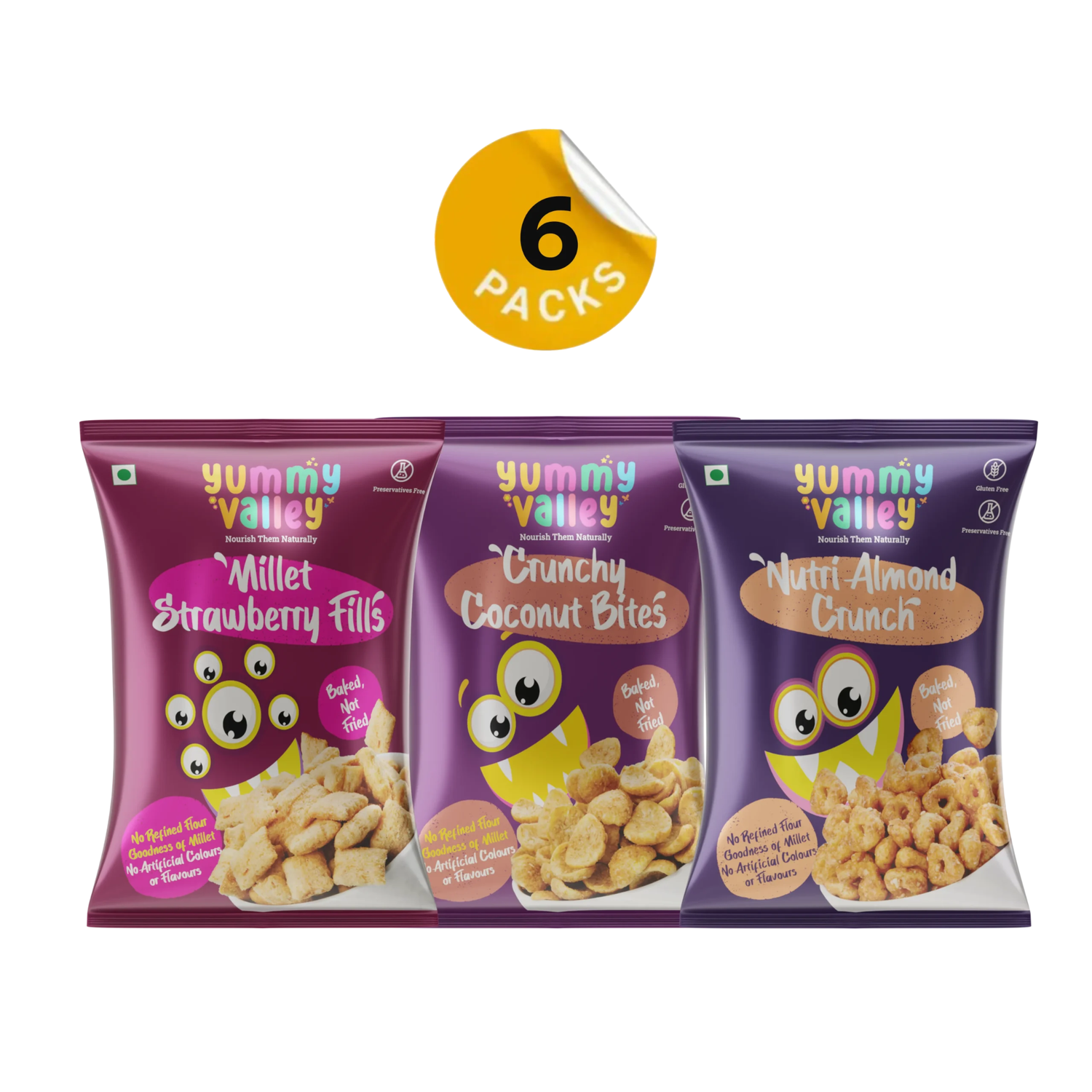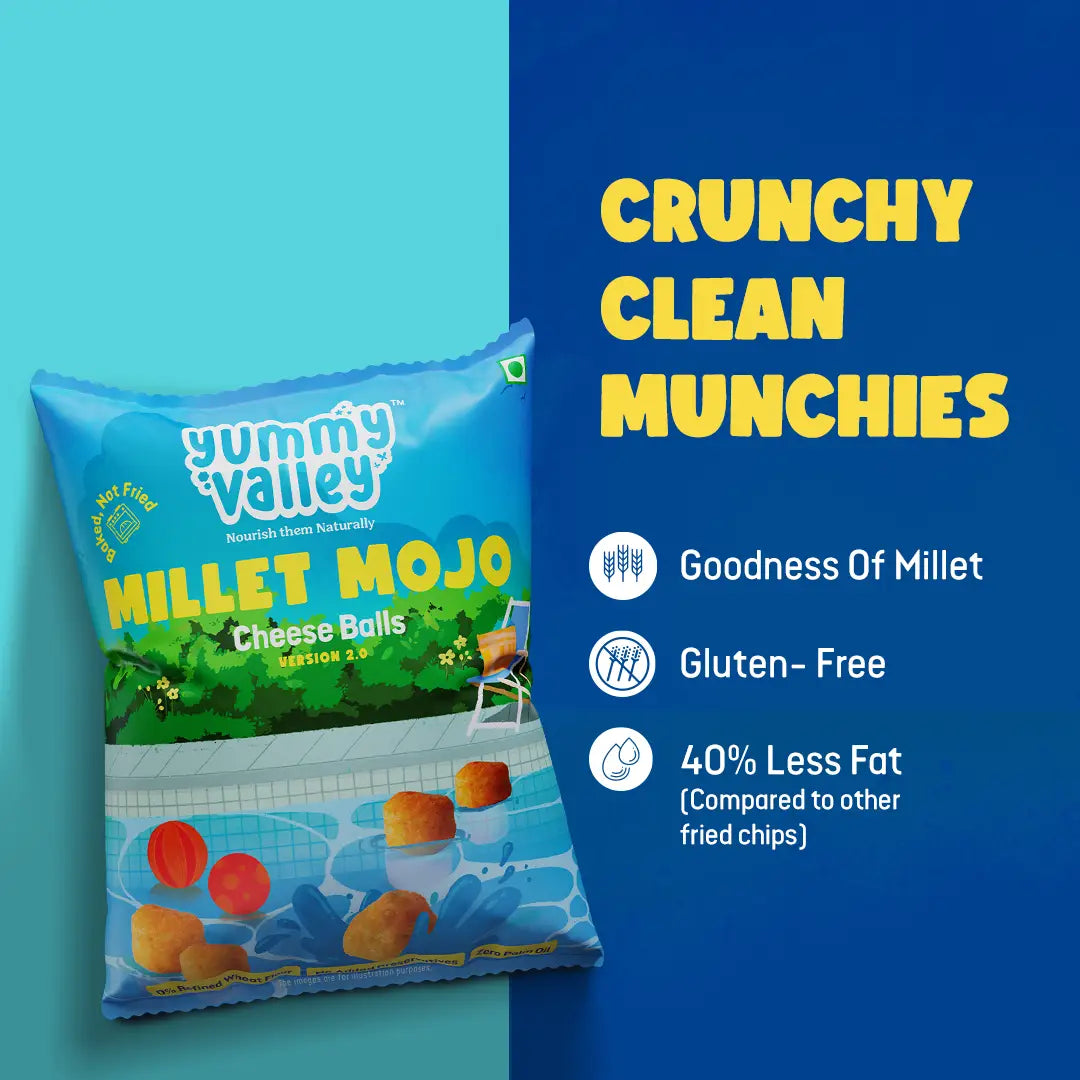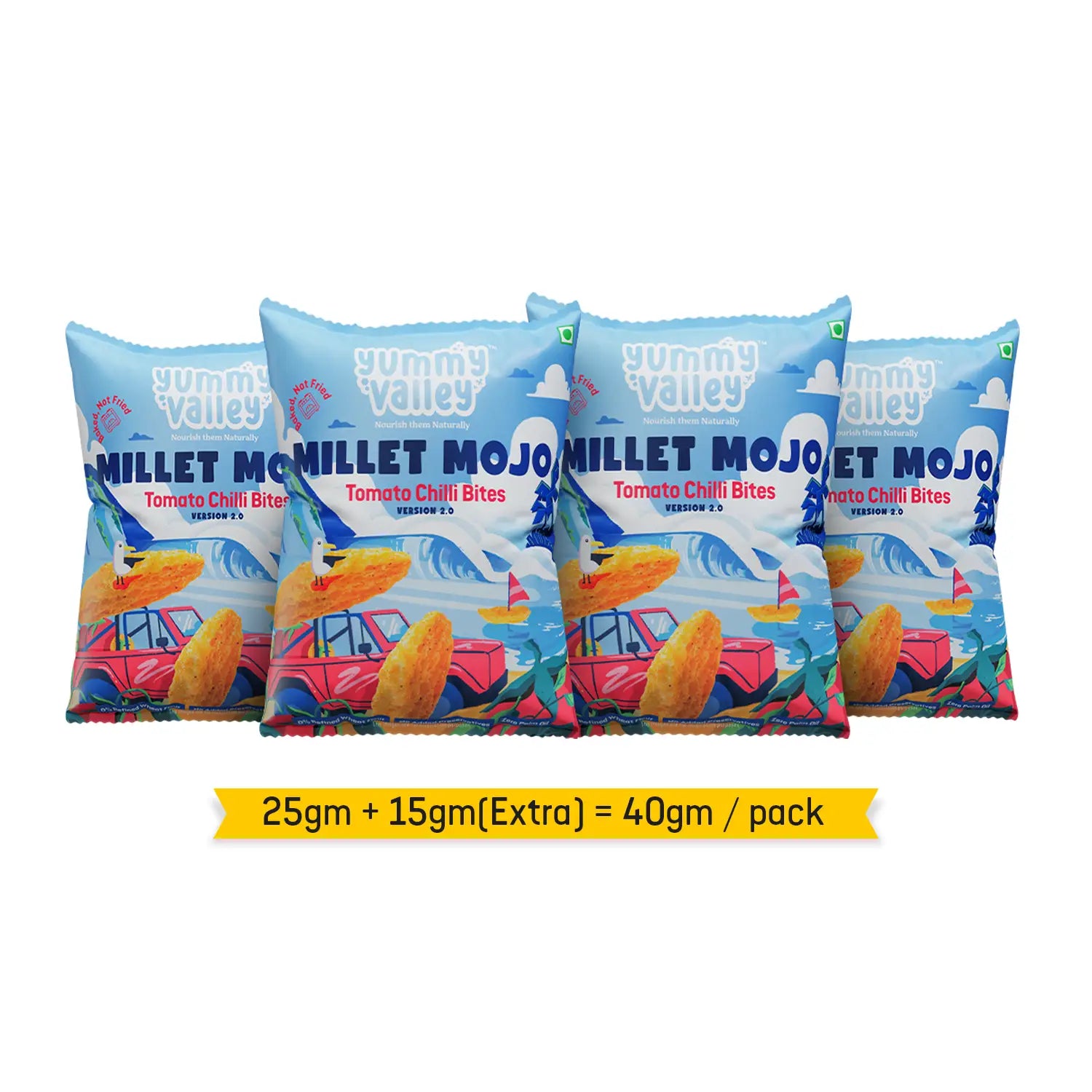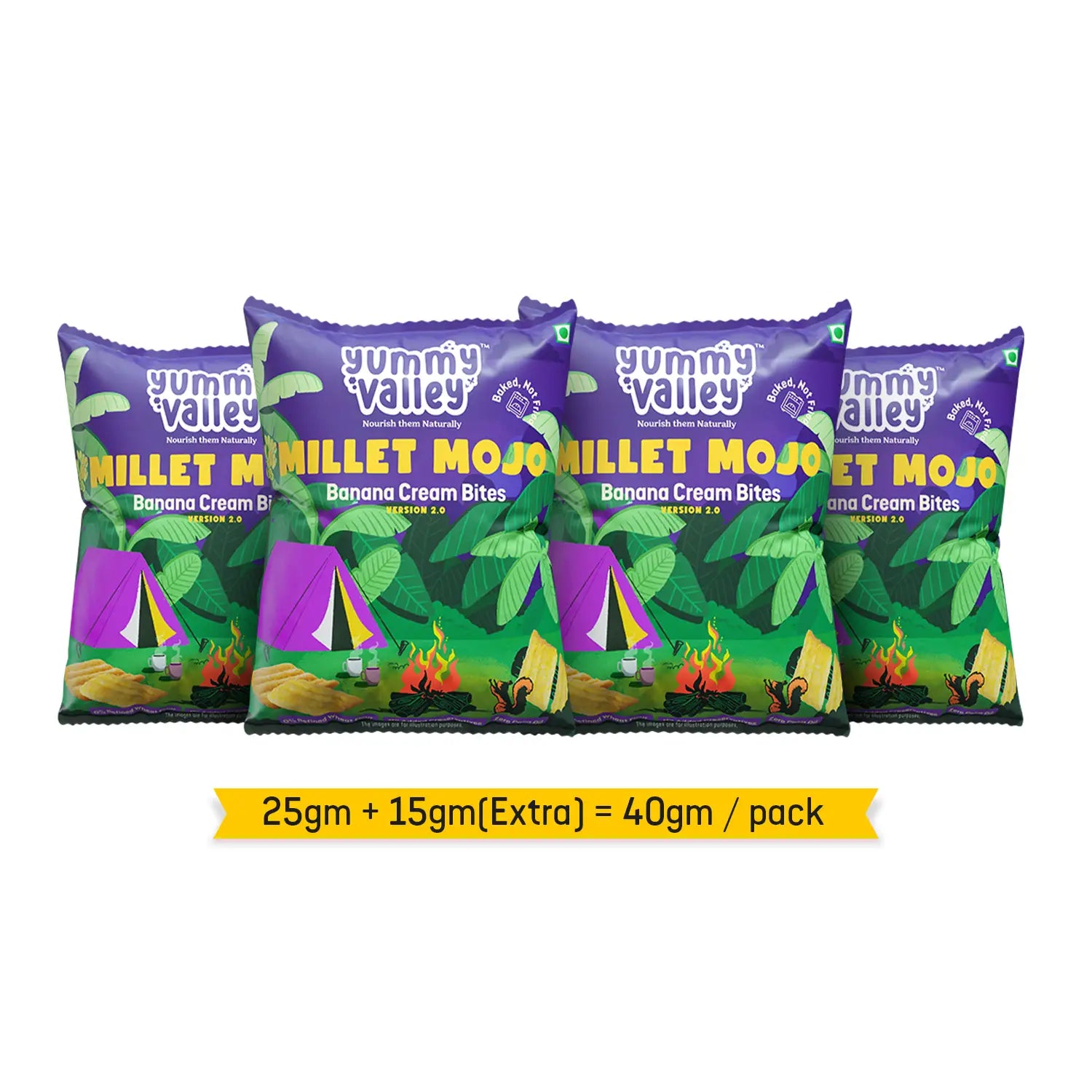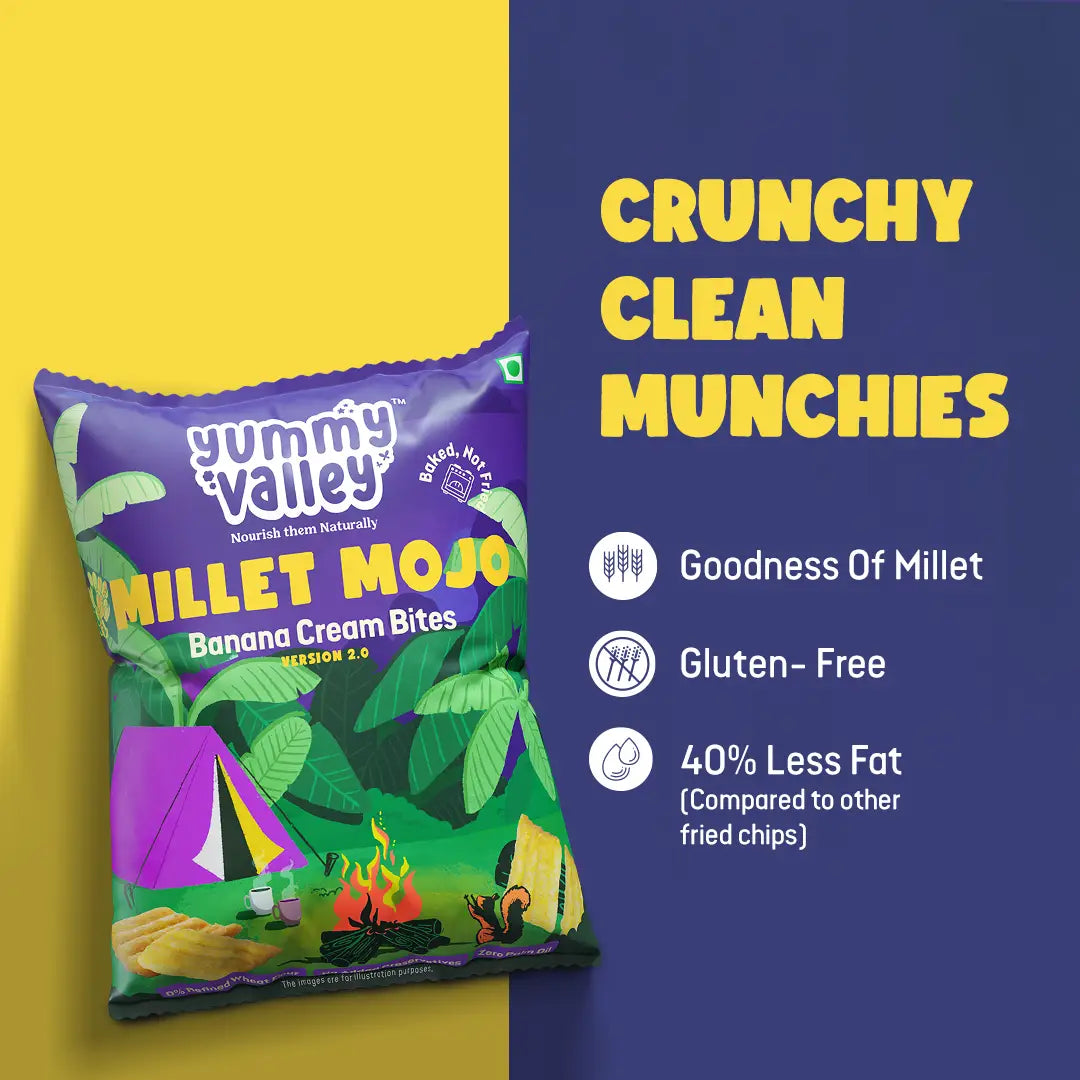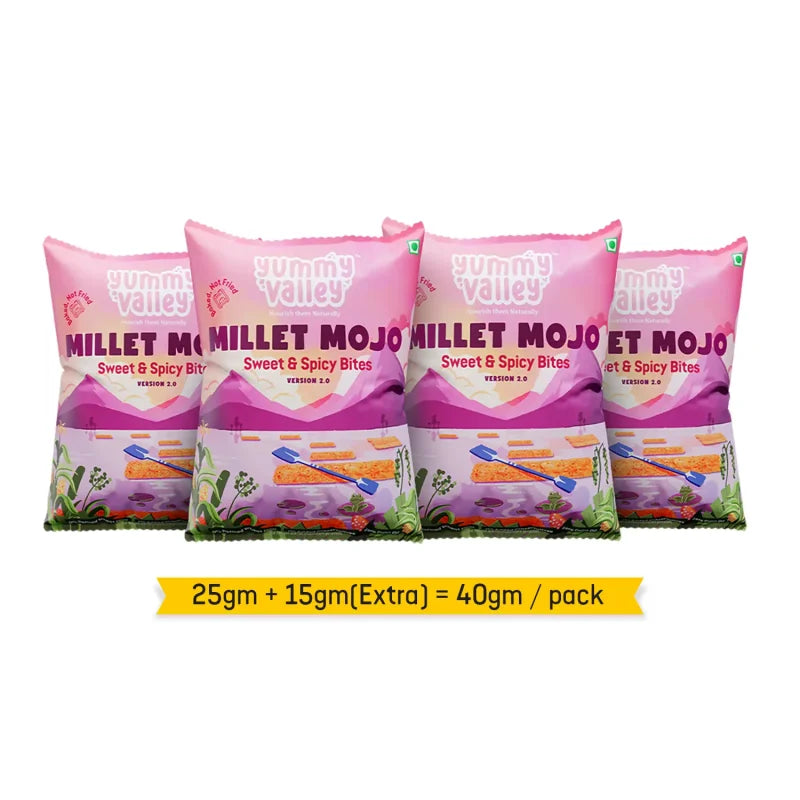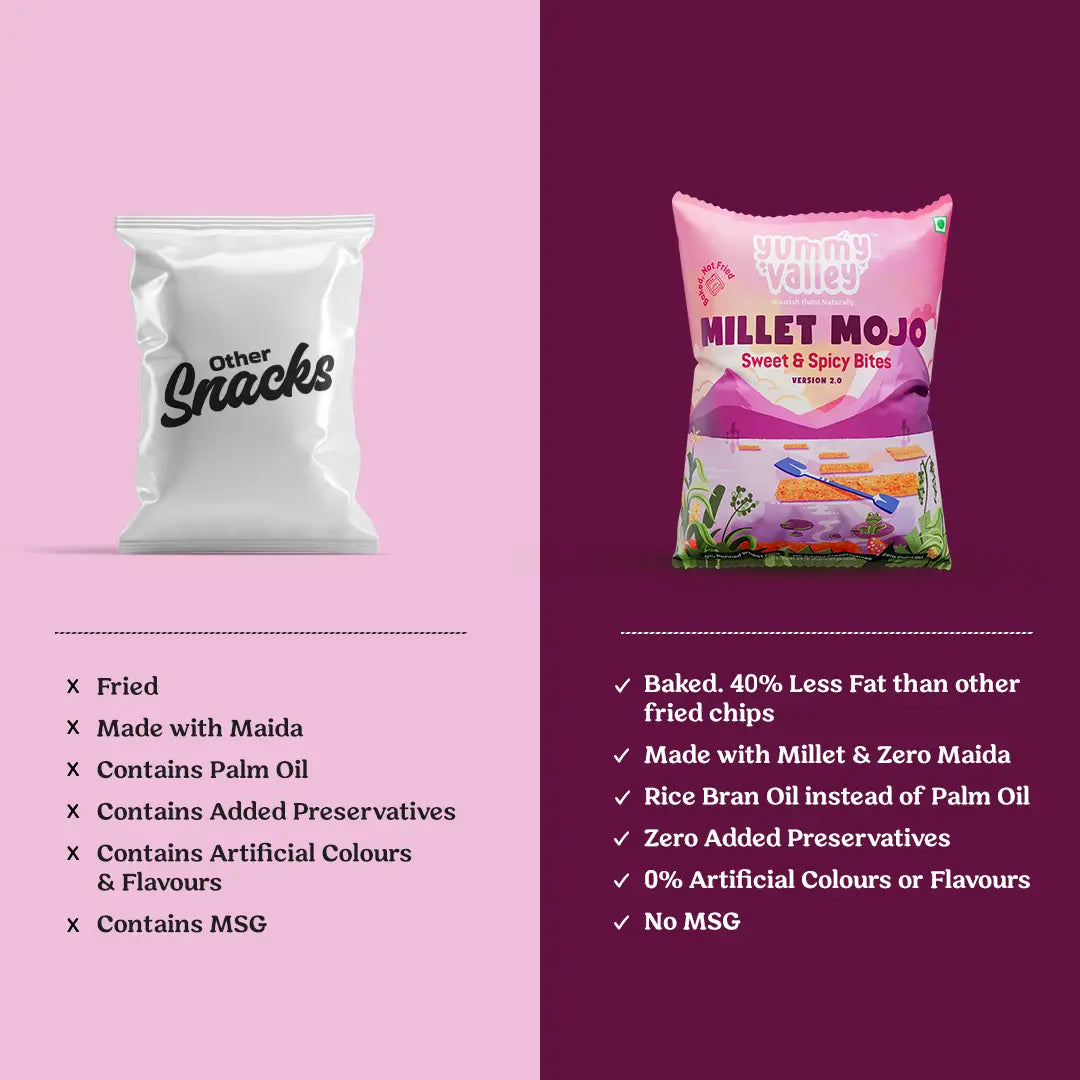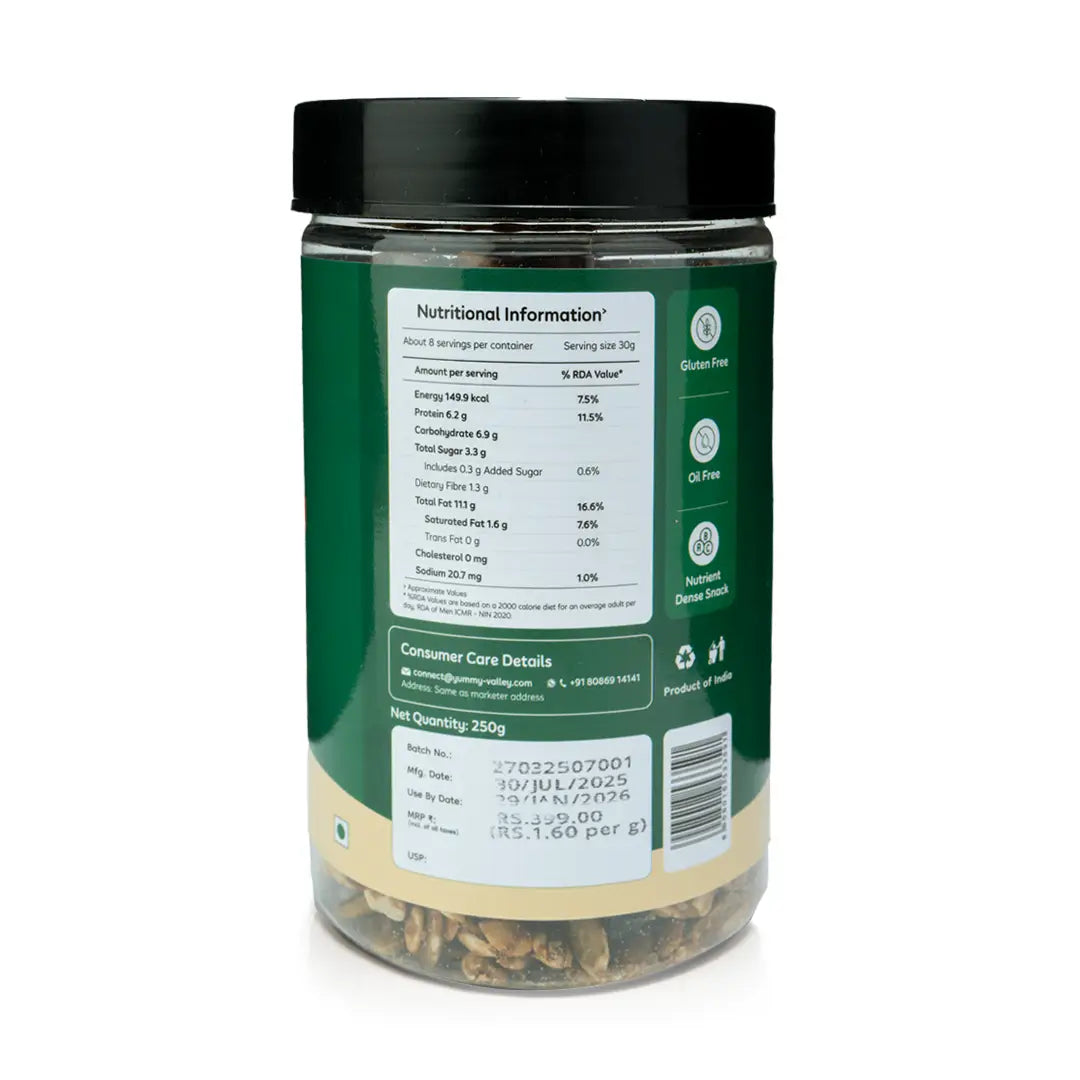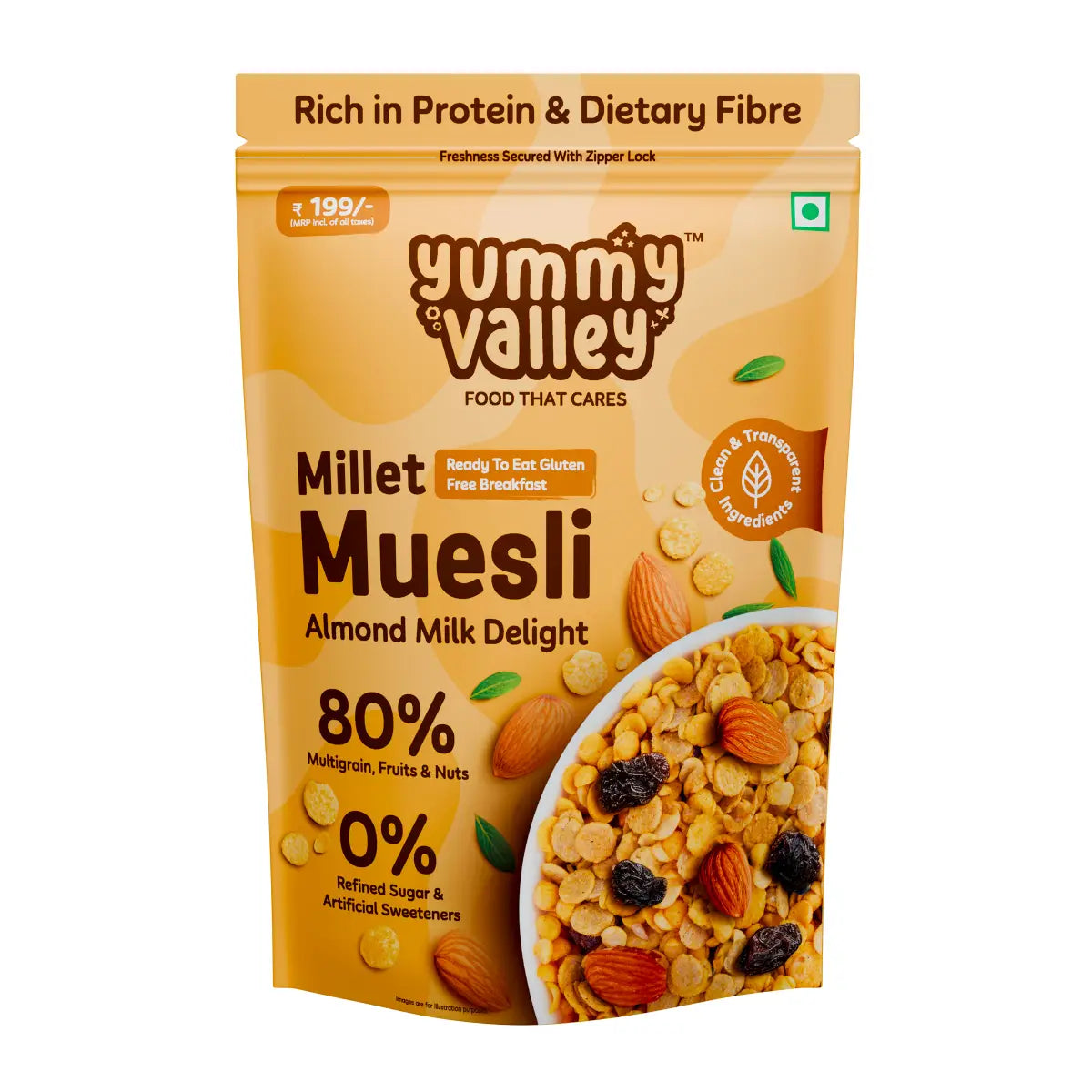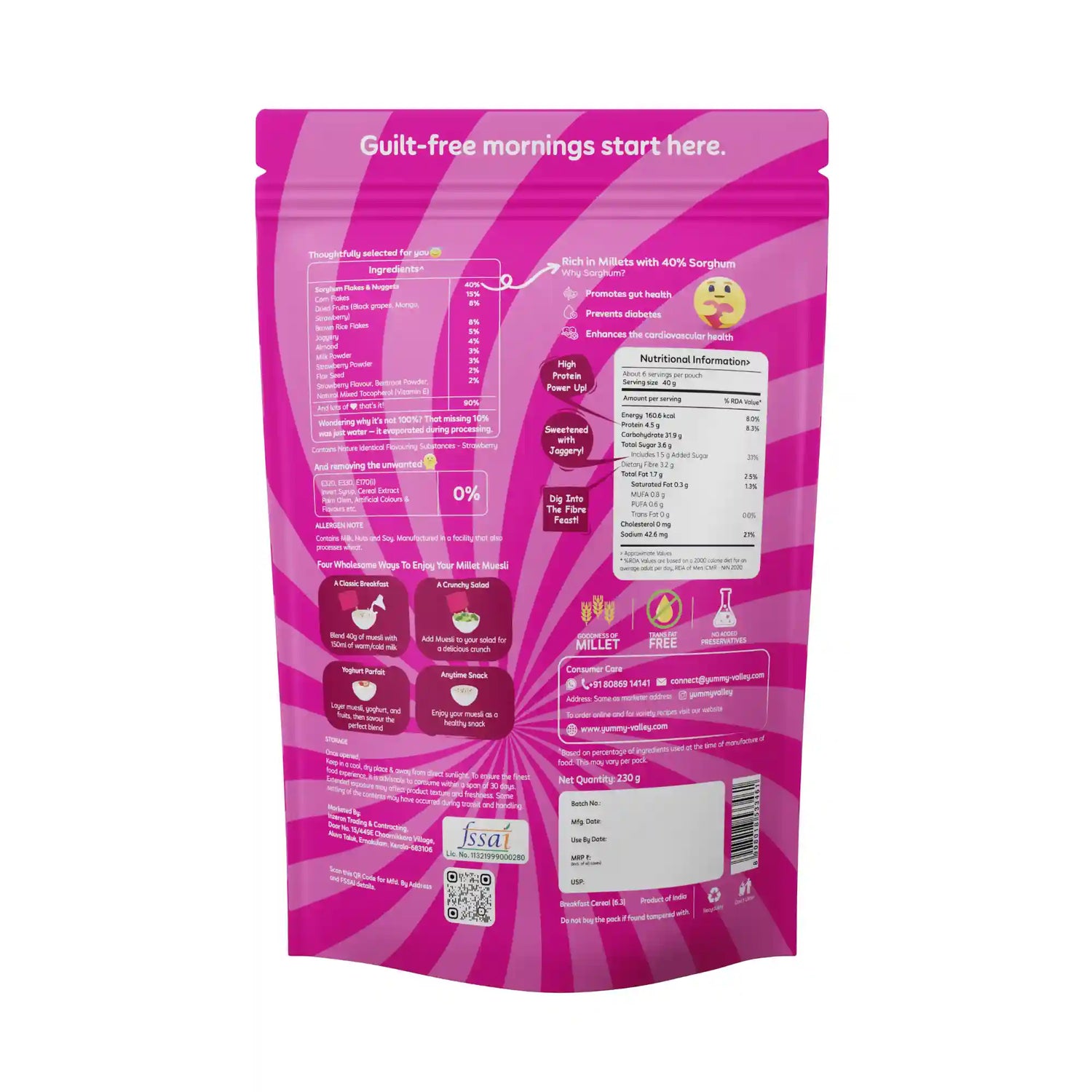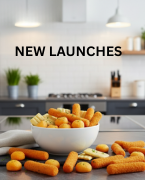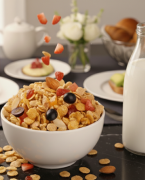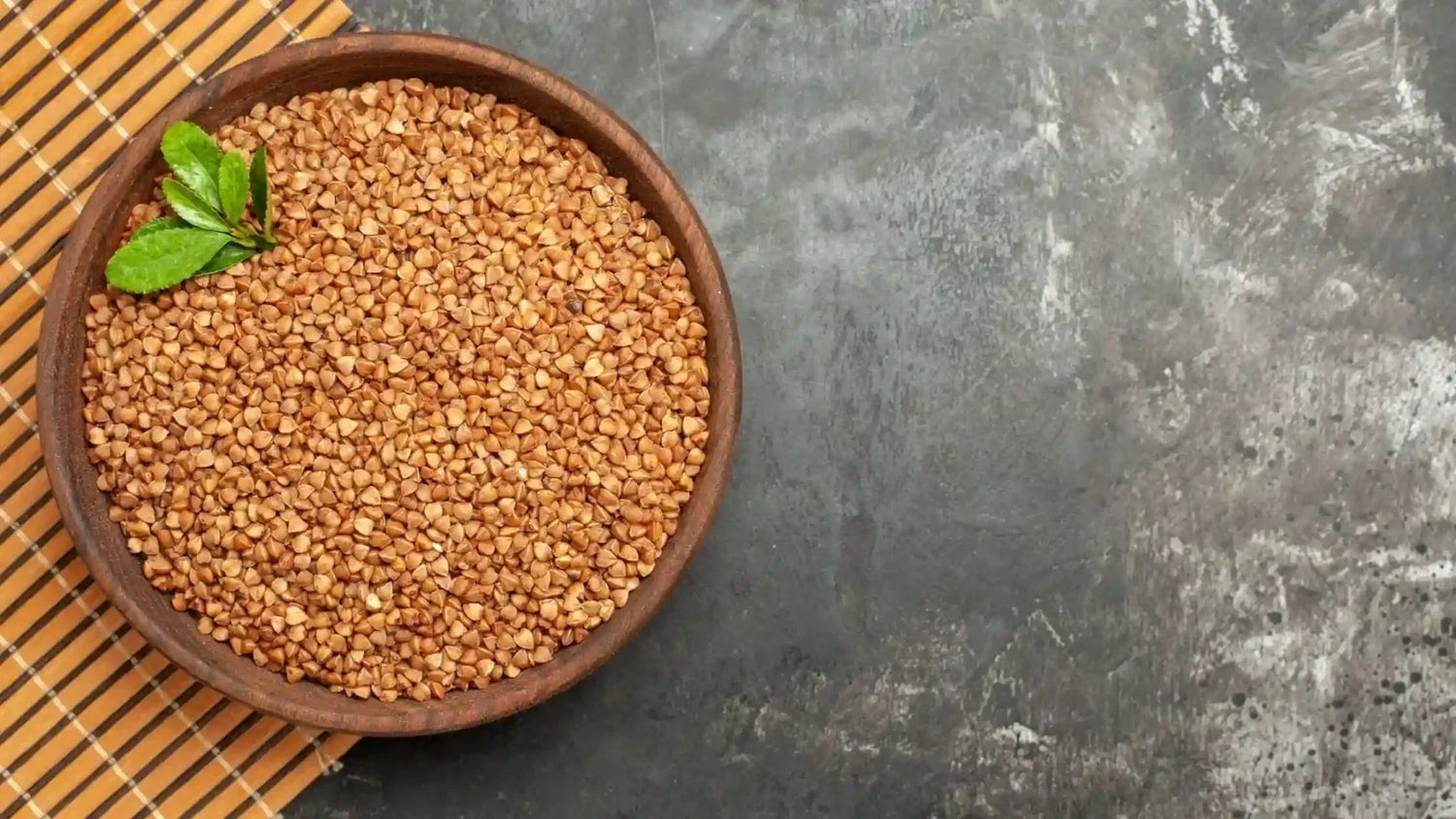Are you in search of the amazing health benefits of little millet? Then you are at the right place. In this article, we have shared the amazing little millet benefits, nutritional value, side effects, uses and yummy recipes you can try with the little millet. So let’s get started.
What Is Little Millet?
Little millet is a tiny, gluten-free cereal grain that has been cultivated for ages in India and other parts of Asia and Africa. Its scientific name is Panicum sumatrense and it falls under the grass family of plants. The petite, round, pale yellow seeds have a mild and pleasantly nutty taste. This hardy crop can thrive in diverse climates and soils, a testament to its adaptability.
As a good source of fibre, iron, calcium and other beneficial nutrients, little millet can play a valuable role in a healthy diet. The gluten-free nature of this millet makes it suitable for people with gluten sensitivity or intolerance. Its neutral flavour profile also lends well to both savoury and sweet preparations spanning porridges, pilafs, baked treats and more. So beyond being nutritious, little millet showcases versatility too. With sustained research and crop development efforts, this tiny grain could potentially translate into food security for millions across the developing world.
Little Millet Nutritional Value Per 100g
Here is the nutritional value of little millet per 100 Grams;
| Nutrient | Value per 100g |
|---|---|
| Calories | 378 kcal |
| Carbohydrates | 60.9 grams |
| Protein | 9.7 grams |
| Fat | 5.2 grams |
| Fibre | 7.6 grams |
| Calcium | 17 mg |
| Iron | 9.3 mg |
| Thiamine (B1) | 0.30 mg |
| Riboflavin (B2) | 0.09 mg |
| Niacin (B3) | 3.2 mg |
Health Benefits of Little Millet
Little millet is a rich source of antioxidants that enhance immunity and provide protection against various infections and diseases. It is packed with essential minerals like magnesium, which is crucial for maintaining healthy bones, muscle and nerve function.
Discover the health benefits of this nutritious grain. Here are some of the amazing health benefits of little millet;
1. Manage Diabetes
Opting for foods with a low glycemic index (GI) is key—they regulate blood sugar without sudden spikes or drops. Little millet stands out as an excellent choice for diabetics, boasting a low GI of 54, lower than many other cereals. Its high dietary fibre content aids in slowing carbohydrate digestion and absorption, curbing blood sugar fluctuations. Additionally, fibre contributes to lowering cholesterol, enhancing bowel movements, and curbing appetite.
2. Helps Reduce Cholesterol
Little millet, is a gluten-free grain celebrated for its diverse health perks, including cholesterol reduction. It packs beta-glucan, a dietary fibre that binds to bile acids, hindering their absorption in the intestine.
This process lowers the recycled cholesterol in the liver and boosts its elimination from the body.
Moreover, little millet contains niacin, a vitamin that diminishes LDL (bad) cholesterol and triglyceride levels while boosting HDL (good) cholesterol. Enjoy little millet in various forms like porridge, bread, pancakes, cookies, and malt. For an added health boost, blend finger millet flour with your regular atta.
3. Manage Weight Loss
Little millet, emerges as a gluten-free solution for healthy weight management. Its abundant dietary fibre content promotes prolonged fullness, curbing overeating while aiding digestion and supporting bowel regularity for effective detoxification.
Thanks to its low glycemic index, little millet prevents sudden blood sugar spikes, aiding in appetite and metabolism regulation, thereby reducing the risk of diabetes and obesity.
Additionally, its protein content is essential for muscle building and repair, especially post strenuous workouts.
4. Rich in Antioxidants
Abundant in antioxidants, little millet harbours natural compounds that shield your cells from harm and ailments. A study in the Proceedings of the Nutrition Society (2017) highlighted that whole millet grains contain elevated levels of polyphenols and antioxidants compared to millet flour and flakes.
5. Aids In Respiratory Conditions
Little millet, a gluten-free option, assists in alleviating respiratory conditions like asthma. Its magnesium content is key, easing the bronchi and bronchioles’ smooth muscles to reduce airway constriction and inflammation. Plus, magnesium acts as a natural antihistamine, lessening histamine release from mast cells, which helps manage allergic reactions and asthma attacks.
Moreover, little millet’s lack of allergens that often trigger asthma and wheezing sets it apart from wheat and several other kinds of cereal, making it a favourable choice for those managing respiratory issues.
6. Boosts Immunity And Fights Diseases
Little millet brings a whole squad of antioxidants to the party—phenolic compounds, flavonoids, tannins, and polyphenols! They’re like the super grains defending your body against oxidative stress and inflammation.
These cool antioxidants aren’t just sidekicks—they take on the big bosses like cardiovascular diseases, cataracts, and certain cancers! Additionally, little millet’s iron content aids in red blood cell production, preventing anaemia. Moreover, being gluten-free, this millet stands as an excellent alternative for individuals with celiac disease or gluten sensitivity.
Incorporating a little millet into your diet can fortify your immune system, offering resilience against various diseases.
7. Provides High-Quality Protein
Little millet is like a tiny protein powerhouse, dishing out 7.7 grams per 100 grams—just like wheat, rice, eggs, and chicken! It’s the secret super grain fueling our body’s muscle, bone, skin, and hair repair missions!
Protein is crucial for our well-being, aiding in the repair and construction of various body tissues—muscles, bones, skin, and hair. It also contributes to hormone regulation, and enzyme function, and fortifies the immune system. Additionally, little millet encompasses all the essential amino acids, the fundamental building blocks of protein that our body can’t produce independently.
This attribute makes it a complete protein source, unlike certain other plant-based foods lacking some essential amino acids. Including little millet in your diet ensures a sufficient intake of quality protein to bolster your health and overall well-being.
Consequently, little millet proves highly beneficial for yoga practitioners, gym enthusiasts, cardio aficionados, and alike, owing to its substantial nutritional profile. A well-rounded diet should consider incorporating this food due to its exceptional nutritional value.
Uses Of Little Millet
- Baking and Cooking: Little millet flour can be used in baking recipes like bread, cookies, and pancakes, offering a gluten-free alternative. It’s also great for making porridge, upma, and dosas.
- Nutrient-Rich Cereal: It’s a nutritious cereal rich in fibre, and minerals like iron and magnesium, and contains essential amino acids.
- Traditional Dishes: In South Indian cuisine, it’s often used to prepare traditional dishes like Pongal, kheer, and idlis, adding a nutty flavour and a slightly chewy texture.
- Fodder for Livestock: Apart from being used in human diets, it’s also used as fodder for livestock due to its nutritional content, providing a balanced diet for animals.
- Soil Improvement: Little millet is a part of sustainable agricultural practices, as it’s a good cover crop and aids in improving soil health and fertility due to its root system.
- Economic Crop: Little millet grows well in semi-arid regions and requires little water, making it a cost-effective crop for farmers.
- Gluten-Free Alternative: Little millet provides an excellent gluten-free alternative in a variety of dishes for people with gluten sensitivities or celiac disease.
Remember, its versatility extends beyond culinary uses, playing a significant role in both agriculture and dietary diversity.
Little Millet Recipes To Try
Little millet is growing in popularity for its versatility in cooking and wealth of health advantages. This tiny, gluten-free grain packs a nutritional punch, being abundant in fibre, iron, and other key minerals. With the rising interest in little millet, numerous appetizing recipes are coming to light. From hearty dishes like Little Millet Upma and pilafs to sweet treats like Little Millet Kheer, there’s much deliciousness to be found by cooking with this wholesome grain.
What’s so wonderful about little millet is that it can be easily woven into diverse cuisines, lending a toasty, nutty flavour and texture while also ramping up the nutrition. Despite its petite size, little millet creates satisfying meals. Whether you desire a main course with warmth and comfort or a naturally sweetened dessert, little millet recipes offer nourishing indulgence for adventurous foodies. Let your creativity run wild with this tiny grain full of big benefits.
Here are some 4 healthy little millet recipes;
1. Little Millet Upma Recipe

With little millet, vegetables, and spices, little millet upma is a healthy and delicious breakfast dish. Making it is easy and it is delicious served with chutney or sambar.
Ingredients
- 1/2 cup little millet, soaked for 15 minutes
- 1 tbsp oil
- 1 tsp mustard seeds
- 1 tsp cumin seeds
- 1 tsp urad dal
- 1 tsp chana dal
- A pinch of asafoetida
- 2 green chillies, slit
- A few curry leaves
- 1 onion, finely chopped
- 1/4 tsp turmeric powder
- Salt to taste
- 2 cups water
- 1/4 cup grated coconut (optional)
- 2 tbsp chopped coriander leaves
- 1 tsp lemon juice
Instructions
- Get your cooking stage ready – pressure cooker or pan – and let’s start the show!
- Heat oil and let mustard seeds, cumin seeds, urad dal, chana dal, asafoetida, green chillies, and curry leaves do their spicy dance until they sizzle and shine!
- Toss in the onions and let them party until they’re soft and cosy. Sprinkle some turmeric and salt into the mix – it’s flavour time!
- Drain your soaked little millet and join the spice party. Mix it up real good till everything’s coated in that delightful spice blend.
- Pour in water and let the good times roll! If it’s a pressure cooker gig, 3 whistles and you’re golden. For the pan, cover it up and simmer for 15-20 minutes until the millet is fluffy and fantastic!
- Fluff it all up with a fork, then add coconut, coriander leaves, and a splash of lemon juice for that zesty finale. Serve it hot with chutney or sambar and let your taste buds groove!
2. Little Millet Dosa Recipe

Little millet dosa, the crispy wonder made from little millet, urad dal, and a sprinkle of fenugreek seeds. It’s the gluten-free, vegan breakfast hero, bursting with nutrition! Top it with chutney, dunk it in sambar, or pair it with a potato masala.
Ingredients
- 1 cup little millet
- 1/4 cup urad dal
- 1/4 tsp fenugreek seeds
- Salt to taste
- Oil for greasing
Instructions
- Dive into the fun! Soak the little millet, urad dal, and fenugreek seeds in water for 4 to 5 hours. Let them have a pool party!
- Time to blend! Give these soaked pals a spin in the blender until they turn into a smooth, thick batter. Add a sprinkle of salt for that extra zing!
- Let the magic happen! Park that batter in a cozy spot for 8 to 10 hours or let it chill overnight. It’s party time for fermentation!
- Heat the show! Grab a non-stick tawa or griddle, give it a little oil love, and fire it up on medium-high heat.
- Dosa design time! Pour a ladleful of batter onto the stage, and twirl it into a thin, circular dosa masterpiece.
- Time to shine! Drizzle some oil around the edges and cook until it’s golden and crispy on both sides. Flip and give the other side a golden hue too.
- Fold it up! Slide that tasty dosa onto a plate and repeat the batter-bake dance until it’s all done.
- Time to share the spotlight! Serve your hot, crispy dosas with chutney, sambar, or your favourite potato masala. It’s a star-studded meal!
3. Little Millet Kutki Recipe
Little millet kutki is an authentic Indian delicacy prepared using little millet, ghee, sugar, and cardamom. This sweet, fragrant pudding serves as a delightful dessert or a tasty snack.
Ingredients
- 1/4 cup little millet
- 2 cups water
- 2 tbsp ghee
- 1/4 cup sugar
- 1/4 tsp cardamom powder
- A few saffron strands (optional)
- A few chopped almonds or pistachios for garnishing (optional)
Instructions
Here are the steps to prepare kutki:
- Give that little millet a 15-minute spa in water, then let it dry off.
- In a heavy-bottomed pan, give ghee a warm welcome over medium heat. Toss in the millet and let it sizzle for 10 minutes, swirling occasionally until it gets that golden glow and a sweet smell fills the air.
- Add water, let it dance to a boil, then simmer down. Cover up and let it groove for 15 to 20 minutes until the millet gets all tender and cooked.
- Sprinkle some sugar and cardamom powder into the mix. Keep stirring for 5 minutes until it gets all thick and clingy to the pan’s sides.
- For that extra flair, if you’re using saffron, give it a cosy soak in a spoonful of warm milk. Then sprinkle it into the kutki mix. Mix it all up and bid the heat farewell.
- Transfer the prepared kutki to a serving bowl. You can garnish it with chopped nuts if desired. Serve it either hot or cold.
4. Little Millet Noodles Recipe

Chow down on little millet noodles—a scrumptious swap for the regular ones! Crafted from little millet flour, water, and a pinch of salt, these noodles bring gluten-free, vegan, protein-packed, and fibrous fun. Boil ’em up, add your favourite sauce, veggies, and toppings, and dive into a wholesome feast!
Ingredients
- 1 cup little millet flour
- 1/4 tsp salt
- 1/4 cup water (or as needed)
- Oil for greasing
Instructions
- In a sizable bowl, blend the little millet flour with salt, gradually incorporating water until a smooth, pliable dough forms. Adjust water quantity as needed—aim for a dough that’s neither too sticky nor too dry.
- Partition the dough into equal sections, shaping them into balls. On a floured surface, roll each ball into a thin sheet. Use a knife, pizza cutter, or pasta machine if available to cut thin strips.
- Gently sprinkle some flour over those noodles, and let them chill on a baking sheet for 15 to 20 minutes till they toughen up a tad.
- Get a big pot dancing with boiling water, and add some salt and oil for flavour. Toss those noodles in, and cook ’em up for 3 to 4 minutes ’til they pop up. Then, give ’em a cool shower under cold water to hit pause on the cooking show.
- Transfer the cooked noodles to a spacious bowl, and toss them with your preferred sauce, vegetables, and toppings. Serve hot or cold for a delightful meal.
Side Effects Of Little Millet
Excessive consumption of little millet, or adopting a millet-only diet, may adversely affect thyroid gland function. The high fibre content inherent in millets, while generally beneficial, can lead to delayed digestion, potentially posing challenges for individuals with intestinal diseases. Furthermore, an excess intake of amino acids, a component of millet, is not conducive to optimal health.
Let’s delve into some common side effects of little millet and explore ways to prevent them:
1. Thyroid problems
Little millet carries goitrogens, which can disrupt thyroid function. Overconsumption or a diet predominantly consisting of this millet might contribute to hypothyroidism, where the thyroid gland produces inadequate hormones. To mitigate this, moderate your intake of this millet and supplement your diet with alternative iodine sources like iodized salt, seafood, or dairy products.
2. Digestive issues
Little millet’s high fibre content may slow digestion, leading to bloating, gas, or constipation for some individuals, particularly those with intestinal conditions like irritable bowel syndrome or inflammatory bowel disease. To manage this, ensure adequate hydration, chew food thoroughly, and introduce this millet gradually into your diet to ease digestive adjustments.
3. Amino acid imbalance
Little millet serves as a complete protein source, providing all essential amino acids vital for the body. However, excessive amino acid intake can pose health risks like elevated blood pressure, kidney issues, or liver toxicity. Balancing protein consumption with carbohydrates and fats while avoiding excessive protein intake at once helps mitigate these concerns.
4. Oxalate accumulation
Little millet harbours oxalates, compounds capable of binding to minerals like calcium, potentially forming crystals that accumulate in the kidneys, leading to kidney stones. To avert this, maintain proper hydration, restrict intake of oxalate-rich foods like spinach, rhubarb, or chocolate, and include calcium-rich options such as milk, cheese, or yoghurt alongside little millet to counterbalance potential oxalate effects.
5. Nutrient absorption
Little millet contains phytic acid, known as an antinutrient, capable of reducing mineral absorption—like iron, zinc, magnesium, and calcium—from your food. This might lead to mineral deficiencies affecting immune function, bone health, and energy levels. To counter this, consider soaking, sprouting, or fermenting some millet before cooking, as these methods can lower phytic acid levels and enhance mineral bioavailability.
While little millet offers great dietary benefits, it’s crucial to be mindful of potential side effects and take preventive measures. By doing so, you can savour the advantages of this millet without compromising your overall well-being.
FAQs: Little Millet
Why opt for Little Millets?
Little Millets present a whole-grain alternative with low carbohydrate content, aiding in improved glucose metabolism. Their slow sugar release into the bloodstream regulates glucose levels and reduces absorption, supported by dietary fibre and resistant starch. These properties contribute to hypoglycemic and hypolipidemic effects.
Who should avoid little millet?
Millets contain goitrogens that may hinder iodine absorption, albeit reduced through cooking. Individuals with hypothyroidism should consider avoiding millets.
Which millet serves as the best rice substitute?
Millets such as foxtail, pearl, kodo, barnyard, and Little millet offer diverse flavours and textures, ranging from nutty to earthy. Rich in fibre, protein, and vital minerals, these millets make an excellent replacement for white rice.



